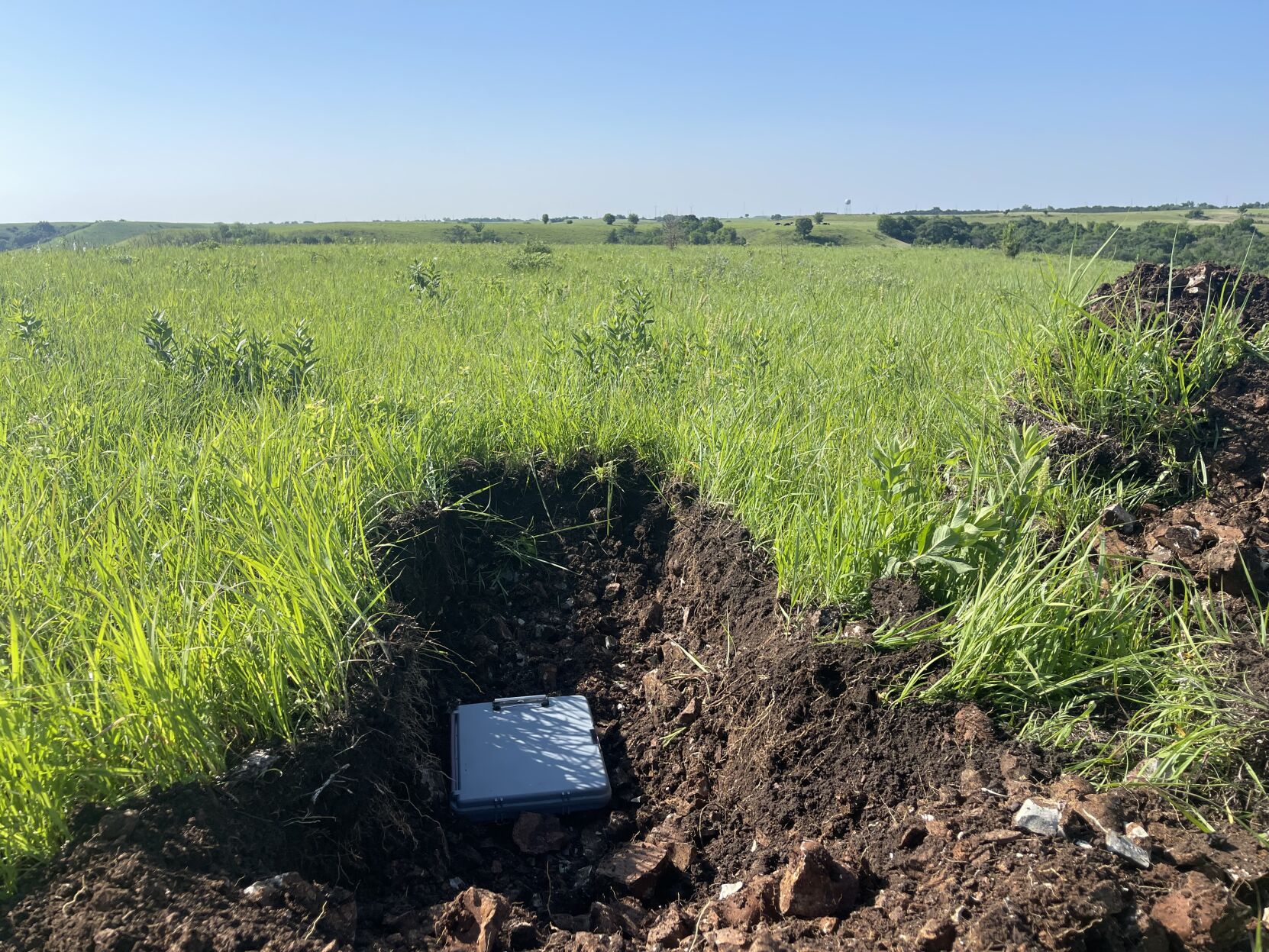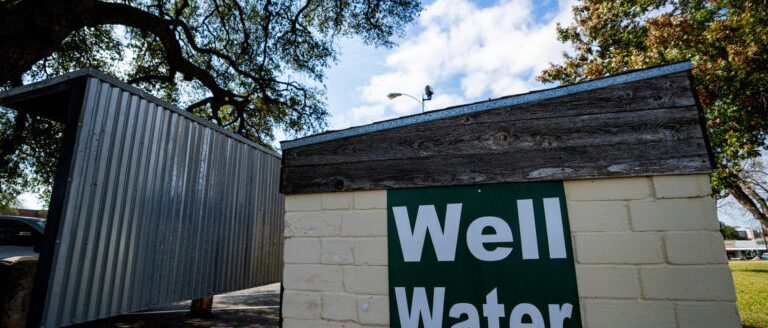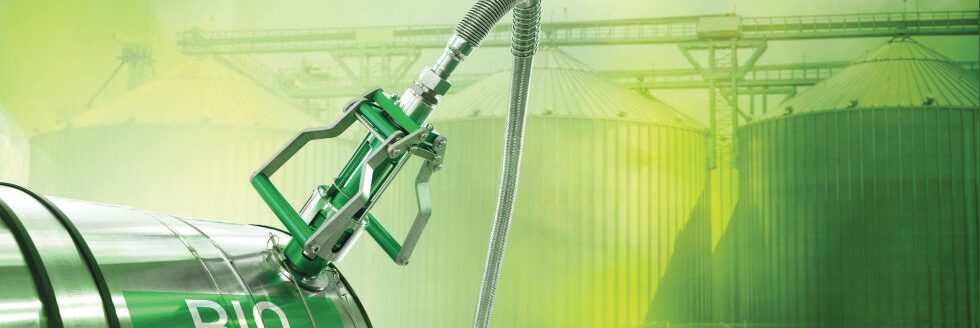When people dream about building a home in the country, selecting the location of the onsite wastewater system is not often the first thing they think about. And yet, it is important to give that some consideration early in the planning process, said Kansas State University soil management specialist DeAnn Presley.
“The location and type of system that is installed can vary greatly in cost,” Presley said.
While many city-dwellers use the municipal system and pay city taxes for their upkeep, that is often not an option for those who live down country roads. They will often install an on-site wastewater system, Presley said.
“About 20% of Kansans use an onsite wastewater system, also known as septic systems,” Presley said.
The two onsite systems include septic tanks that disperse in lateral fields; and lagoon ponds.
To determine the best option for the home site, Presley advised reaching out to the county health department. She said that all health departments have environmental specialists who work with homeowners in evaluating the soil and make recommendations on system locations.
“The county environmental health staff will describe one or more soil profiles, ” Presley said. “By evaluating the soil structure (thickness), color and texture, we know how the soil will drain.” Two additional considerations are the presence, absence or depth to bedrock or a water table.
The septic tank system has a buried, watertight container that is corrosion resistant. With this system, the solids are separated and they break down organically and the wastewater flows into the underground lateral field where it percolates through the soil, said Presley. Dispersed lateral fields are often 1.5 to 3 feet wide and located a foot below the surface.
She added that a lagoon is shaped like a pond with an evaporative basin and that is where the microbes break down the waste and water is evaporated.
With both systems, the land is dedicated to serving wastewater treatment and it cannot be used for other purposes. In the case of lagoons, they are surrounded by a fence and must be mowed and maintained to prevent volunteer tree growth, Presley said. Not every site is suitable for a lagoon, however. Lagoons require a soil with a depth of at least 7 feet to bedrock and some homeowner associations may not allow them, despite the fact that they are a very effective solution, particularly for very clayey soils.
“In Kansas, the size of the wastewater treatment system is based on the number of bedrooms in the house with the occupancy of two people per bedroom,” Presley said.
While both systems can last many years with proper maintenance, on occasion those systems will fail.
“Failure can mean wastewater backing up into the house and it can also be water standing in the lateral field,” Presley said. “These failures can happen for a variety of reasons, such as abuse, overuse, or when tree roots get into the pipes or from heaving as the result of settling overtime”
When determining the best location of the system, Presley said downhill from the homesite will be best, but if needed, waste can be pumped uphill if that’s where the most suitable soil is found.
“It is important to look at the land slope when determining the best spot for the system,” she said.




